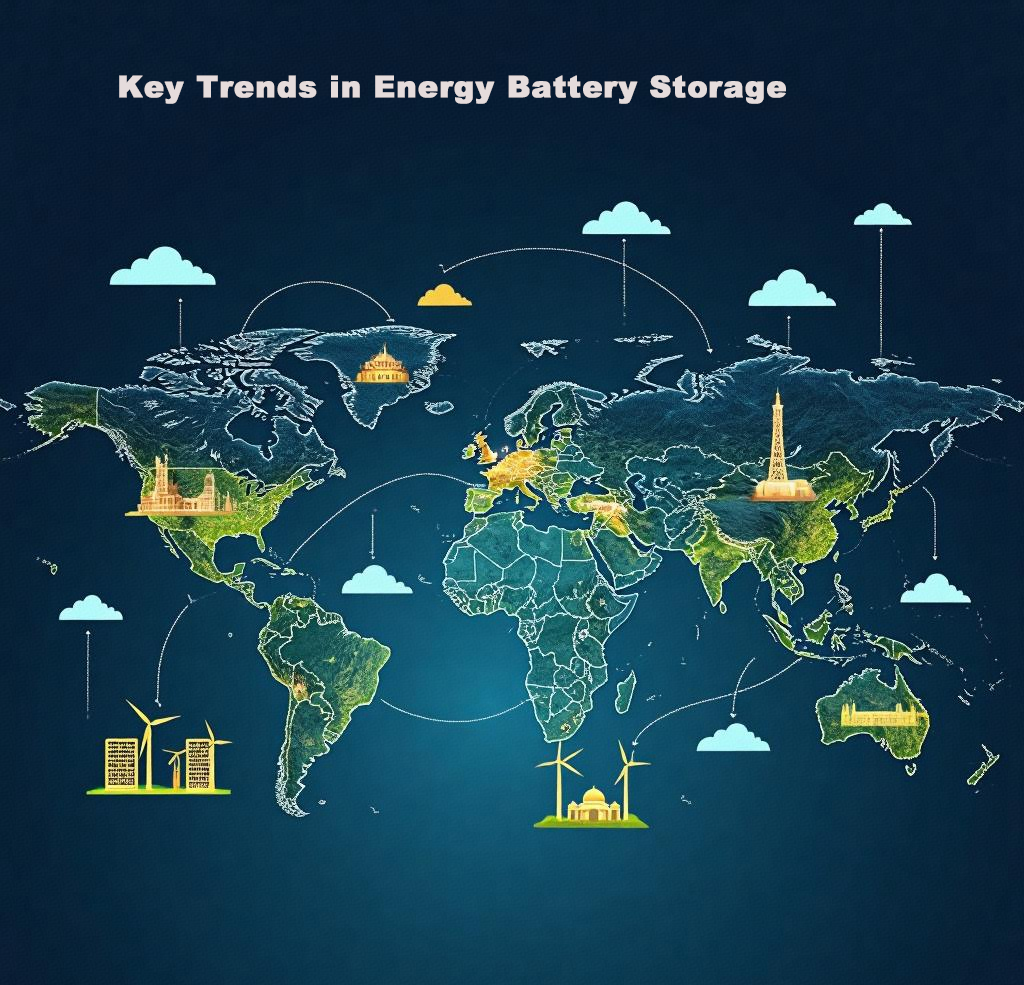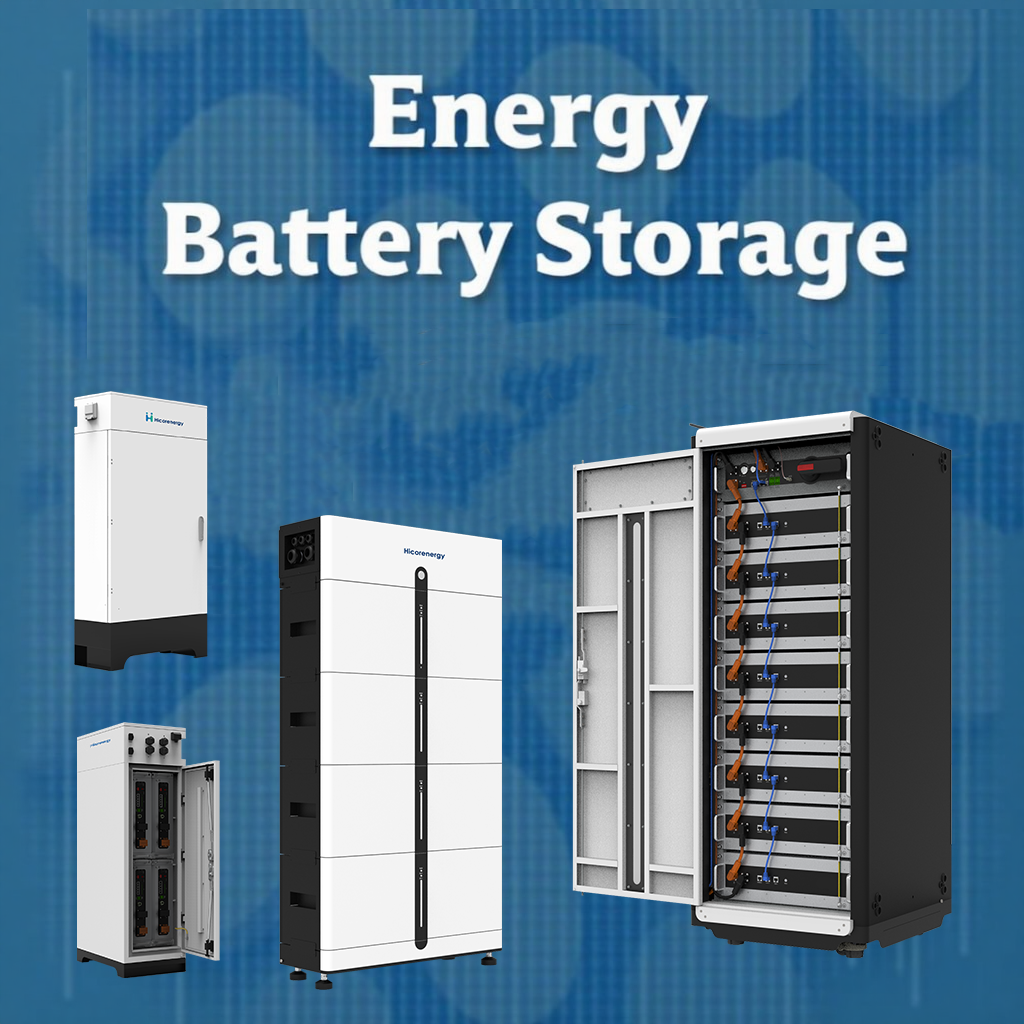Introduction to the Energy Battery Storage Market
Energy battery storage is reshaping how the world consumes and stores power. Rising electricity demand, renewable integration, and global decarbonization efforts are driving this market’s fast-paced expansion. Strong policy support and technical innovation ensure promising prospects for the years ahead.

Table of Contents
Key Factors Driving the Growth of the Energy Battery Storage Market
The global demand for energy battery storage is rapidly accelerating, fueled by the urgent need to decarbonize energy systems, improve grid stability, and enable the seamless integration of renewable energy. One major factor is the proliferation of solar and wind energy, both of which are intermittent in nature and require dependable storage to match supply with demand.
At the same time, increasing power outages and unreliable grid infrastructure in many developing regions have led to a surge in interest for backup energy battery storage solutions. In these markets, Hicorenergy plays a critical role by delivering safe, maintenance-free, and high-efficiency lithium battery storage systems tailored to both residential and industrial users. The company’s products are compatible with a wide range of inverters, adaptable for various environments, and designed for scalability.
Additionally, the cost of lithium-ion batteries has significantly declined, making high-performance battery storage solutions more accessible. End-users now seek flexible, long-lasting, and intelligent systems capable of supporting both off-grid and hybrid power models. As a result, demand is expanding across diverse regions and applications.
Technological Advances Transforming Energy Storage Solutions
Smarter monitoring, modular designs, and enhanced cell chemistries are transforming energy battery storage into a critical pillar of modern energy infrastructure.
Regional Market Analysis: Key Trends in Energy Battery Storage

The global energy battery storage market is being shaped by regional dynamics that reflect varying levels of infrastructure, policy maturity, and energy demand. Here is a closer look at how key regions are navigating this shift:
North America
In the U.S. and Canada, policy-driven market growth is evident. The U.S. market is benefitting from the Inflation Reduction Act (IRA), which includes tax credits for standalone battery storage. California leads installations due to aggressive climate goals and grid modernization initiatives. Commercial and industrial sectors are adopting energy battery storage to reduce demand charges and enhance resilience. Companies like Hicorenergy are providing modular systems like the Si Station 186 that align with these market needs.
Europe
Europe continues to lead with its progressive energy policies, such as Germany’s KfW subsidies and the U.K.’s Capacity Market. Scandinavian countries, including Sweden, focus on sustainable electrification and energy autonomy. Consumers are adopting Hicorenergy’s residential systems like I-BOX 48100R and Si LV1, attracted by their compact design, high safety, and smart monitoring features. Additionally, geopolitical tensions have made energy security a top priority, pushing energy battery storage adoption to new heights.
Asia-Pacific
In China, massive investments in renewable energy have made the country both a major manufacturer and a significant user of energy battery storage. Southeast Asia is another hotbed, where grid unreliability and rural electrification are propelling the market. In countries like Thailand, the Philippines, and Indonesia, Hicorenergy’s scalable systems such as C5° have gained traction due to their robust thermal control and remote management capabilities.
Africa
The African market, especially in countries like Nigeria, Kenya, and Uganda, is experiencing strong growth. Energy battery storage is essential here for bridging power gaps caused by unreliable grid systems. Distributors and installers prefer Hicorenergy’s products for their durability, ease of installation, and cost-efficiency—especially for off-grid communities and solar integration.
Middle East
Oil-rich yet energy-transition focused, the Middle East is investing in solar-plus-storage systems to diversify energy sources. UAE and Saudi Arabia are piloting large-scale energy battery storage projects, demanding solutions that can withstand harsh climates. Hicorenergy’s outdoor-rated Si LV1 and commercial SHV48100 systems meet these environmental requirements while offering long cycle life and intelligent control.
The Role of Energy Storage in Supporting Renewable Energy Integration
Renewable energy growth is accelerating globally, but its intermittent nature presents serious challenges for grid stability and energy availability. Energy battery storage addresses these issues by storing excess power generated during peak periods and releasing it when needed, thus enabling a steady energy flow.
Battery storage plays a critical role in reducing curtailment of renewable energy—particularly solar and wind—and helps maintain grid frequency and voltage stability. Technologies like Hicorenergy’s high-efficiency LiFePO4 battery systems with advanced Battery Management Systems (BMS) are specifically designed to complement renewable installations.
In rural and off-grid regions, combining solar PV with energy battery storage allows for 24/7 electricity access, improving quality of life and supporting economic development. As global renewable penetration increases, energy storage will become indispensable to realizing the full potential of clean energy.
Government Policies and Incentives Shaping the Energy Battery Storage Market
Government policies remain among the strongest levers for market growth. Nations around the world are creating favorable frameworks through subsidies, tax rebates, renewable mandates, and financing support.
China has mandated battery storage for new solar installations and offers incentives to local manufacturers and end-users. Germany provides residential storage grants and promotes community storage programs. The U.S. continues to fund grid storage projects via the Department of Energy and incentivizes home systems through tax deductions.
These policies support companies like Hicorenergy in scaling their impact. With certifications meeting international standards, Hicorenergy’s full product line—including the C&I-focused Si Station 230 and versatile residential solutions like the Si LV1—qualify for global subsidy programs. The company’s global footprint, with service networks in North America, Europe, and Asia, enables it to support customers in leveraging local incentives.
The integration of smart monitoring, fast-charging capabilities, and modular scalability in Hicorenergy’s systems makes them policy-aligned and future-proof, helping end-users comply with regional regulations while optimizing performance and cost-effectiveness.
Market Forecast: Projected Growth and Investment Opportunities
The global energy battery storage market is poised for extraordinary growth, projected to exceed USD 400 billion by 2030, with a CAGR surpassing 20%. Several trends are shaping this trajectory:
Electrification of Transportation: As EV adoption rises, second-life EV batteries will become a cost-effective resource for stationary storage.
Decentralization of Energy Systems: Energy battery storage will be key in the shift to prosumer models, where users generate and manage their own energy.
Urbanization and Smart Cities: Urban centers require intelligent grid solutions, and battery storage is central to load balancing and peak shaving.
Corporate Sustainability: Enterprises are investing in green energy and battery storage to meet ESG targets and reduce operational risks.
Hicorenergy is at the forefront of capturing this opportunity with its robust and flexible product portfolio:
I-BOX 48100R for household energy needs with wide inverter compatibility
Si LV1, a compact stackable system, ideal for limited space and easy installation
C5°, engineered for remote management and broad temperature operation
SHV48100, targeting small-to-mid commercial installations with scalable architecture
Si Station 186 & 230, high-capacity, modular C&I solutions for both grid-tied and off-grid applications
These products not only address diverse market segments but are built with scalability, safety, and long-term cost efficiency in mind—making them ideal for investors and distributors worldwide.

Challenges and Risks in the Energy Battery Storage Market Forecasts
Despite the positive outlook, the energy battery storage sector faces significant challenges that could hinder its progress if not addressed:
Supply Chain Volatility: Dependence on critical minerals like lithium and cobalt makes the market vulnerable to geopolitical tensions and price fluctuations.
Standardization Issues: Differing safety standards and certification processes across countries complicate market entry for suppliers and distributors.
Battery Recycling & Disposal: As the market matures, dealing with end-of-life batteries in a sustainable manner will be crucial.
Grid Integration Complexity: Technical barriers related to synchronization, frequency response, and real-time energy dispatch still exist in some grid infrastructures.
Policy Uncertainty: Changes in government or subsidy structures can disrupt investment timelines and project viability.
Manufacturers must continue innovating in battery chemistry (e.g., solid-state, sodium-ion), and investors must consider long-term partnerships with providers like Hicorenergy, whose global reach and compliant product design offer reliability in uncertain market conditions.
Conclusion
Hicorenergy offers world-class energy battery storage systems for residential, commercial, and industrial use.
Contact us today at Email: service@hicorenergy.com or WhatsApp: +86 181-0666-0961 to explore tailored solutions.
-scaled.png)
